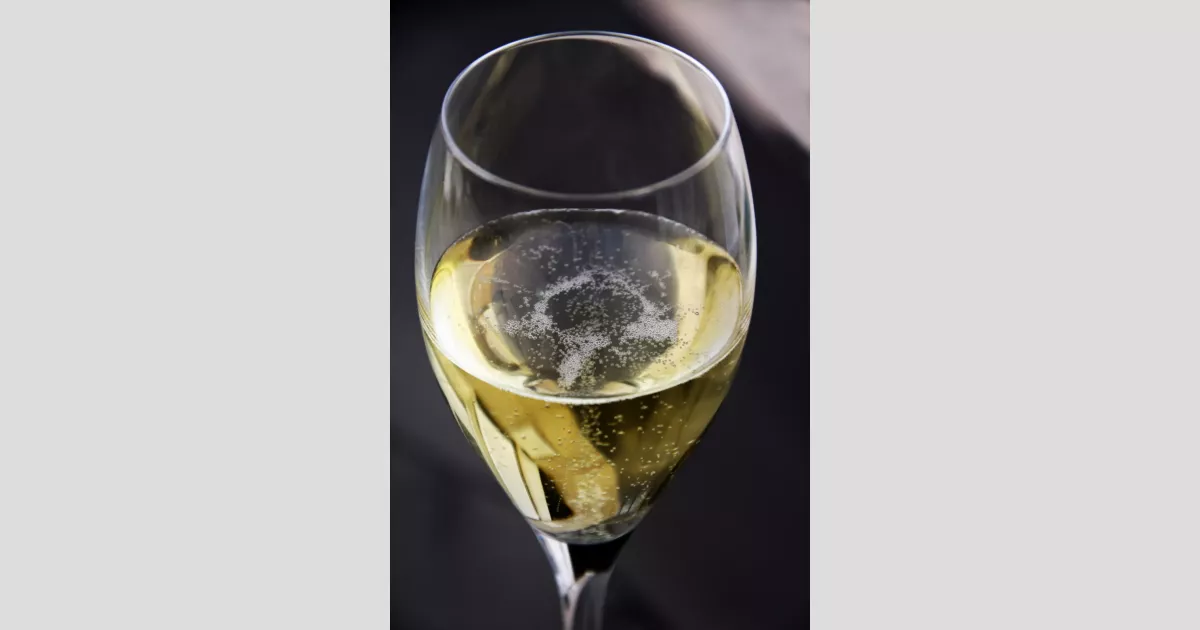Champagne is a sparkling wine exclusively produced in the Champagne region of France. It is made under strict appellation rules, including specific vineyard practices, grape sourcing limited to designated areas, particular grape-pressing techniques, and a secondary fermentation process in the bottle which creates the signature carbonation. These requirements differentiate it from other sparkling wines.
1921: Vintage of Dom Pérignon Launch
Moët & Chandon's Dom Pérignon, launched in 1936 with the 1921 vintage, is cited as perhaps the first publicly available prestige cuvée.
1927: Last Major Revision
In 2007 the INAO was preparing to make the largest revision of the region's legal boundaries since 1927.
1927: Previous INAO Directives
Previous directives of INAO make conditional allowances according to the complex laws of 1927 and 1929, and plantings made before 1938.
1929: Previous INAO Directives
Previous directives of INAO make conditional allowances according to the complex laws of 1927 and 1929, and plantings made before 1938.
1936: Dom Pérignon Launch
Moët & Chandon's Dom Pérignon, launched in 1936 with the 1921 vintage, is cited as perhaps the first publicly available prestige cuvée.
1938: Previous INAO Directives
Previous directives of INAO make conditional allowances according to the complex laws of 1927 and 1929, and plantings made before 1938.
1939: Love Affair film
The 1939 Hollywood film Love Affair caused a sales boost after featuring the main characters bonding over enjoying the unpopular pink Champagne.
1942: Gamay vines of the region to be uprooted
The Gamay vines of the region were scheduled to be uprooted by 1942, but due to World War II, this was postponed until 1962.
1945: Cristal Publicly Available
Louis Roederer's Cristal, previously made for private consumption, became publicly available in 1945 with that year's vintage.
1952: Taittinger's Comtes de Champagne First Vintage
Taittinger's Comtes de Champagne had its first vintage in 1952.
1953: Laurent-Perrier's Grand Siècle
Laurent-Perrier's Grand Siècle 'La Cuvée' launched in 1960 as a blend of three vintages (1952, 1953, and 1955).
1955: Laurent-Perrier's Grand Siècle
Laurent-Perrier's Grand Siècle 'La Cuvée' launched in 1960 as a blend of three vintages (1952, 1953, and 1955).
1960: Laurent-Perrier's Grand Siècle
Laurent-Perrier's Grand Siècle 'La Cuvée' launched in 1960 as a blend of three vintages (1952, 1953, and 1955).
1962: Gamay vines of the region to be uprooted
The Gamay vines of the region were scheduled to be uprooted by 1942, but due to World War II, this was postponed until 1962.
1967: Driver Champagne Spraying Tradition
At the 1967 24 Hours of Le Mans, winner Dan Gurney started the tradition of drivers spraying the crowd and each other.
1973: Imperial Pint Bottles
Unique imperial pint (56.8 cL) bottles were made between 1874 and 1973 for the English market by Pol Roger, often associated with Sir Winston Churchill.
1994: EU Court Decision
In 1994, an EU court decision forbade the use of terms "méthode champenoise" and "Champagne method".
1999: Accord with the EU
In 1999, the Swiss government agreed with the EU that the village of Champagne, Switzerland, would phase out the use of the name 'Champagne' for its still wine by 2004.
2002: Melchizedek Bottles
As of 2002, Melchizedek bottles (30 L) are exclusively offered by the House Drappier.
2004: Bahrain Ban on Champagne Celebrations
In 2004, Bahrain banned Champagne celebrations on F1 podiums, using a nonalcoholic pomegranate and rose water drink instead.
2004: Phase Out of Champagne Name
In accordance with a 1999 accord with the EU, the village of Champagne, Switzerland, phased out the use of the name 'Champagne' for its still wine by 2004.
2005: Méthode Traditionnelle
As of 2005 the description most often used for sparkling wines using the second fermentation in the bottle process, but not from the Champagne region, is méthode traditionnelle.
2006: US Wine Labeling
In the United States, as of 2006, the use of "Champagne" on labels was banned for new U.S.-produced wine brands, while those with prior approval could continue with origin designation.
2007: Champagne Sales Record
In 2007, champagne sales reached a record high of 338.7 million bottles.
2007: INAO Boundary Revision
In 2007, the INAO prepared a large revision to the Champagne region's legal boundaries due to economic pressures.
April 2008: Villagers Resolve to Fight Restriction
In April 2008, the villagers of Champagne, Switzerland, resolved to fight against the restriction on using the 'Champagne' name following a Swiss open-air vote.
2008: Destruction of California Sparkling Wine
In 2008, over 3,000 bottles of sparkling wine produced in California labelled with the term "Champagne" were destroyed by Belgian government authorities.
2009: Oldest Bottle of Champagne
In 2009, a bottle of 1825 Perrier-Jouët Champagne was opened and recognised by Guinness World Records as the oldest bottle of Champagne in the world.
July 2010: Shipwreck Discovery
In July 2010, 168 bottles were found on board a shipwreck near the Åland Islands in the Baltic Sea.
2010: Appellation Regulations List Seven Varieties
The 2010 version of the appellation regulations lists seven varieties as allowed, Arbane, Chardonnay, Petit Meslier, Pinot blanc, Pinot gris, Pinot meunier, and Pinot noir.
2012: London Olympics Champagne Reception
In 2012, British Prime Minister Tony Blair held a champagne reception to celebrate London winning the right to host the Summer Olympics.
April 2015: Chemical Analysis of Shipwreck Champagne
In April 2015, researchers released the findings of their chemical analyses of the Champagne found in a shipwreck, noting higher sugar and mineral concentrations compared to modern Champagne.
2015: "Shoey" Victory Celebration
In 2015, some Australian athletes, most notably then-Formula 1 Red Bull Racing driver Daniel Ricciardo, began celebrating victories by drinking champagne from their shoe—a practice known as "doing a shoey."
2020: Projected Impact of Boundary Changes
Changes to the Champagne region's boundaries, being considered in 2007, were projected to impact Champagne-produced grapes by 2020.
2021: Russian Ban on Imported Sparkling Wine Designation
In 2021, Russia banned the use of the designation "шампанское" for imported sparkling wine, reserving it for domestically produced sparkling wine only.
2023: Expected Decision on Boundary Changes
In 2007 it was reported that a final decision on the INAO revision of Champagne region boundaries was expected in 2023 or 2024.
2023: Champagne Industry Shipments
The Champagne industry is expected to ship 314 million bottles in 2023, down 3.7% from the previous year.
2024: Expected Decision on Boundary Changes
In 2007 it was reported that a final decision on the INAO revision of Champagne region boundaries was expected in 2023 or 2024.
Mentioned in this timeline
California is a U S state on the Pacific Coast...
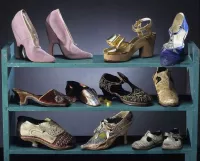
A shoe is a protective and comfort-providing item of footwear...

Daniel Ricciardo is an Australian racing driver who competed in...
Russia officially the Russian Federation is a transcontinental country spanning...
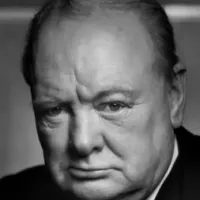
Sir Winston Churchill was a prominent British statesman soldier and...
Bahrain officially the Kingdom of Bahrain is an island country...
Trending
6 months ago Florian Wirtz Reportedly Transfers from Leverkusen to Liverpool for 140 Million Euros

7 months ago Declan Rice returns against Newcastle; Havertz nearing return from hamstring injury at Arsenal.

6 months ago Pulisic's Gold Cup Controversy: Donovan's Criticism and Pochettino's Stance on Game Selection

6 months ago Deontay Wilder returns to boxing against Tyrell Herndon, coached by Don House.
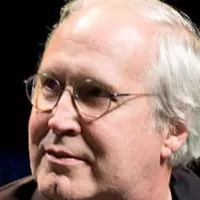
Chevy Chase born Cornelius Crane Chase is a prominent American comedian actor and writer His career took off with his...
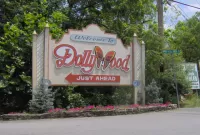
8 months ago Dollywood's Spring Flower and Food Festival blooms; Dolly Parton tribute highlights park events.
Popular

XXXTentacion born Jahseh Dwayne Ricardo Onfroy was a controversial yet...

Candace Owens is an American conservative political commentator and author...

Ben Shapiro is a prominent American conservative political commentator media...

Stranger Things created by the Duffer Brothers is a popular...
The Kennedy Center Honors are annual awards recognizing individuals and...

William Franklin Graham III commonly known as Franklin Graham is...
